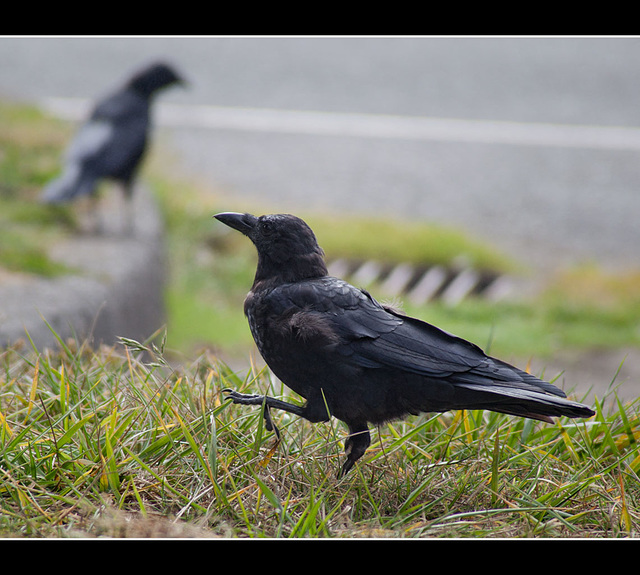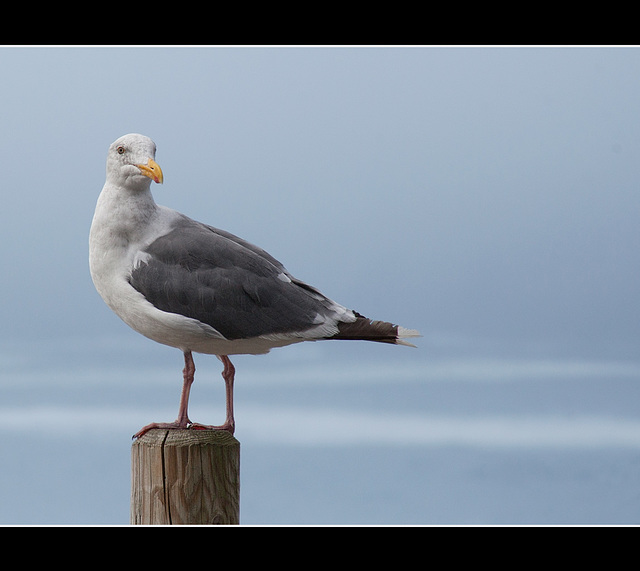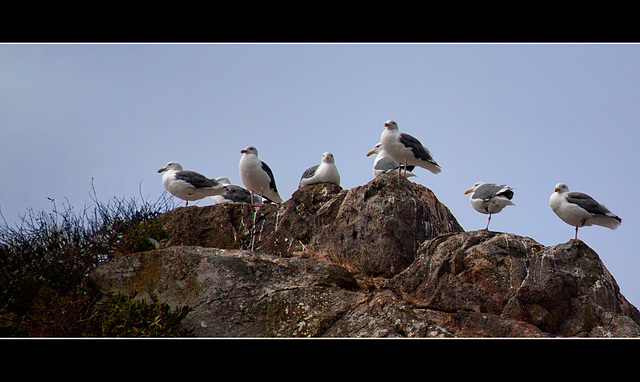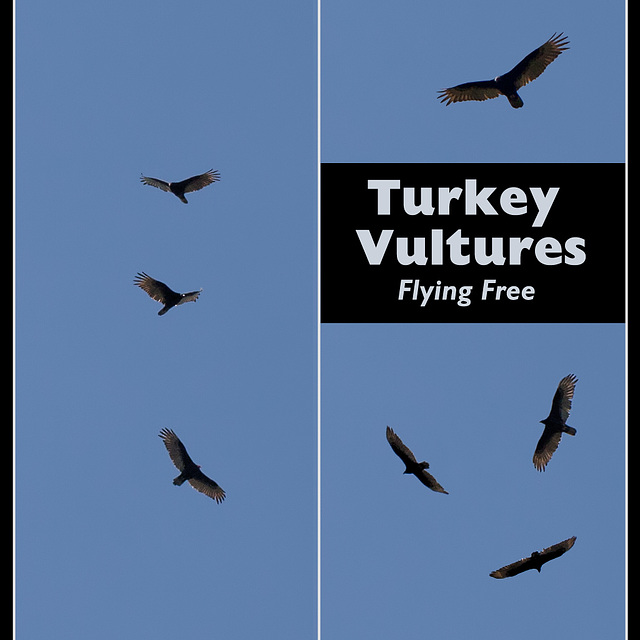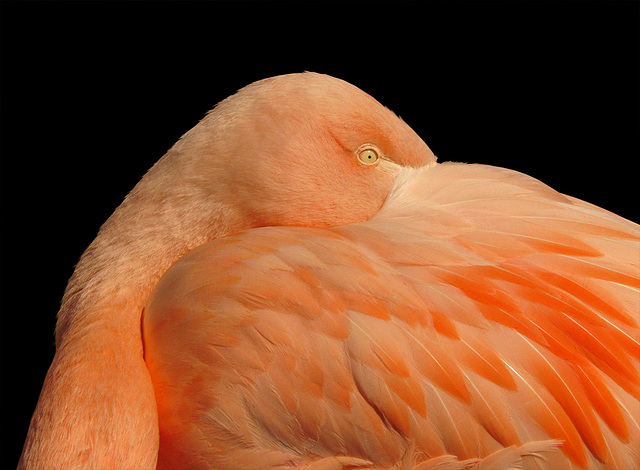
Birds: Others
Folder: Birds
12 Apr 2013
2 favorites
1 comment
San Francisco Zoo: East African Crowned Crane
Until I saw this bird eating in a "sitting" position, I thought the only birds that crouched down this way were emus and ostriches! What a surprise, and what fun to watch! Such gorgeous birds, aren't they?!
12 Apr 2013
3 favorites
1 comment
San Francisco Zoo: Waldrapp Ibis
Wow, would you just take a look at this bird?! Holy hairdo, Batman, that's one ugly bird! :D That poor thing must have fallen out of an Ugly Tree and hit every branch on the way down! WOW! But I also have to say, it's very cool-looking, don't you think?! The wonderful aviary I went inside had at least a dozen or more of these birds, and they were busy nesting and gathering sticks. I saw one completed nest with more in progress, very interesting to watch them building. So intent on their project, the birds weren't overly concerned about people, which I really enjoyed!
02 Apr 2013
1 favorite
Beautiful Turkey Vulture
As I made my way back along our ridge line, my quiet movement startled three vultures in a tree just 10 feet away. The sound of their wings was like sails flapping in the wind!! I watched them fly up and away, circling off into the distance, and it was a wondrous thing to see such enormous birds gliding on the thermals!
Turkey Vultures are found all over North and South America, from Canada to the southern tip of Chile. They are scavengers and eat carrion exclusively, using their keen eyesight and sense of smell to find their prey. This bird has no ability to sing and call like other birds, and can only grunt or hiss! Turkey vultures raise a pair of chicks in the months between March and August depending on latitude (Here they raise babies between March and June).
If you would like to know more about Turkey Vultures, Wiki has an extensive page here: Wiki: Turkey Vulture {Cathartes aura}
17 Dec 2012
2 favorites
2 comments
"When the power of love overcomes the love of power the world will know peace." ~ Jimi Hendrix [Explore]
Although white doves shown with olive branches are most recognized as symbols for peace, the Eastern species of this bird, called a Mourning Dove, is both Wisconsin's symbol of peace and Michigan's state bird of peace. The Mourning Dove is also known as a Turtle Dove, which is a symbol for devotion and loving kindness.
By the way, the Mourning Dove got its name for the cooing sound it makes, which sounds like crying or mourning.
Finally, one of the reasons I picked this quote was because of my surprise at its author. Jimi Hendrix is a legend in the music scene, instrumental in popularizing electric guitars in the 60's, but his music to me is very loud, harsh, and angry. I have always been offended by his style of music, so when I read this thought-provoking, wonderful quote, it really stopped me in my tracks. There was a lot more to this man than loud music, and if you'd like to read about him, Wiki has a very good page about him here: Wiki: Jimi Hendrix
Thanks to all of you who have visited and have left comments and favorites! I try to go to all of your pages within a day or two (when I'm not buried in work) and is a highlight for me to see your beautiful photography! :)
Explored on December 26, 2012. Highest position #116.
29 Sep 2012
1 favorite
I'm Stepping Out!
I saw this crow out at Brookings, Oregon. There were several patroling the parking areas in hopes of getting a handout!
29 Sep 2012
1 favorite
Western Gull on Post at Brookings, Oregon
Oh, what a joy to see this bird again! This species of seagull is so familiar to me, and yet, I haven't seen one since I was in San Francisco last year, and before that, it was several years. Growing up in San Francisco, which is surrounded by ocean and bay on three sides, these seagulls are almost as common as pigeons. They love to hang out at schools because kids feed them and leave garbage everywhere for them, and, like pigeons, they are found wherever there are lots of people, ever alert for scraps of food.
The Western Gull is in a family of about 60 species which are found all over the world. This species lives along the west coast of North America, thriving from British Columbia down to Baja, California and Northern Mexico. Australian friends will notice its similarity to the Pacific Gull , with the exception of the beak, which is very different in thickness. Most gulls are migratory and move to warmer climates during the winter. They feed on all types of sea food, both living and dead, and are also happy to eat any type of food left by humans. Unlike most animals, gulls can drink and process saltwater!! Gulls are monogomous, and pairs live in large colonies of birds, building nests on the ground or on cliffs. Clutches usually contain three eggs, and breeding seasons last 3 to 5 months.
If you would like to know more about the Western Gull, Wiki has a very nice page here:
Wiki: Western Gull For more information about Gulls in general, Wiki has a great page here:
Wiki: Gull
By the way, I've uploaded FOUR other pictures today and I hope you'll visit them too!
Thanks to all of you who have visited and have left comments and favorites! I try to go to all of your pages within a day or two and is a highlight for me to see your beautiful photography! :)
29 Sep 2012
Seagulls Hanging Out in Brookings
Here's another picture I took when Steve and I went to Brookings, Oregon, for my birthday back in September. It was odd to me to be so excited to see these birds, since I used to see them all the time when I lived in San Francisco. Living inland in southern Oregon, I hadn't seen them for years, so I was overjoyed to see them again!
10 May 2012
Turkey Vultures Flying Free
[best appreciated at full size against black]
Dedicated to my Flickr friend, Joe the Phographer , who keeps insisting that I take pictures of birds in flight! :D These don't fill the frame but I hope they count, buddy! :D
Yesterday Steve and I did our yearly burn, where we gather up all of our grass clippings, and at least one of the brush piles that I made while cleaning up our property. After the fire dwindles, one of us needs to stay outside near the embers to keep an eye on it. I enjoy the chance to wander around, take pictures, listen to the birds, and watch our dogs playing. At one point I noticed a trio of Turkey Vultures flying around on the thermals above me, and took a bunch of pictures.
Turkey Vultures are found all over North and South America, from Canada to the southern tip of Chile. They are scavengers and eat carrion exclusively, using their keey eyesight and sense of smell to find their prey. This bird has no ability to sing and call like other birds, and can only grunt or hiss! Turkey vultures raise a pair of chicks in the months between March and August depending on latitude (Here they raise babies betwen March and June).
Last year I wrote a picture essay about our yearly burn which you might enjoy reading! Here's the link!
Burn, Baby Burn
If you would like to know more about Turkey Vultures, Wiki has an extensive page here: Wiki: Turkey Vulture {Cathartes aura}
12 Apr 2013
4 favorites
San Francisco Zoo: Snoozing Flamingo Keeping an Eye Open
I'll be posting a picture every day from my trip to the San Francisco Zoo last week, and here's one that didn't appear on the collage I made!
This is a lovely Chilean Flamingo, and the large flock of about 50 was located mere feet away, over a relatively low fence, so taking pictures was easy and so much fun! I was surprised how small these birds were...they stand between 43-51" tall but for some reason, I thought they were 64-72"!! Granted, they ARE large birds, I just thought they were bigger!! :D
I took the liberty of cutting this bird out and giving it a black background for a more dramatic look. :)
From Wikipedia:
The Chilean Flamingo is a large species of flamingo at 110–130 cm (43–51 in), closely related to Caribbean Flamingo and Greater Flamingo. It breeds in temperate South America from Ecuador and Peru to Chile and Argentina and east to Brazil; it has been introduced into Germany and the Netherlands. There also a small population in Utah and California. Like all flamingos it lays a single chalky white egg on a mud mound.
Jump to top
RSS feed- Latest items - Subscribe to the latest items added to this album
- ipernity © 2007-2024
- Help & Contact
|
Club news
|
About ipernity
|
History |
ipernity Club & Prices |
Guide of good conduct
Donate | Group guidelines | Privacy policy | Terms of use | Statutes | In memoria -
Facebook
Twitter

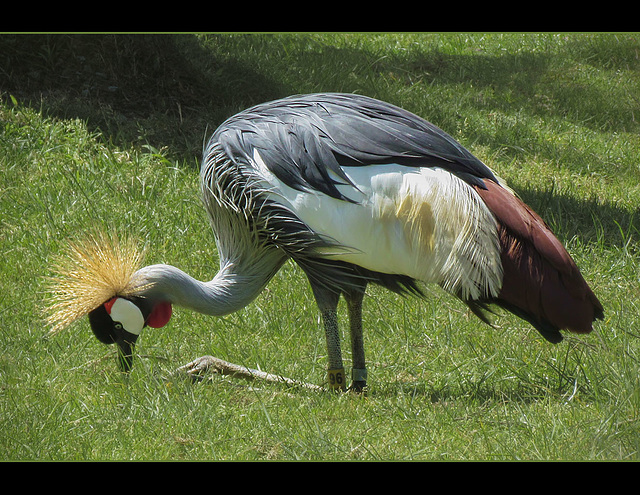



!["When the power of love overcomes the love of power the world will know peace." ~ Jimi Hendrix [Explore] "When the power of love overcomes the love of power the world will know peace." ~ Jimi Hendrix [Explore]](http://cdn.ipernity.com/127/50/77/17695077.df5390e3.640.jpg?r2)
